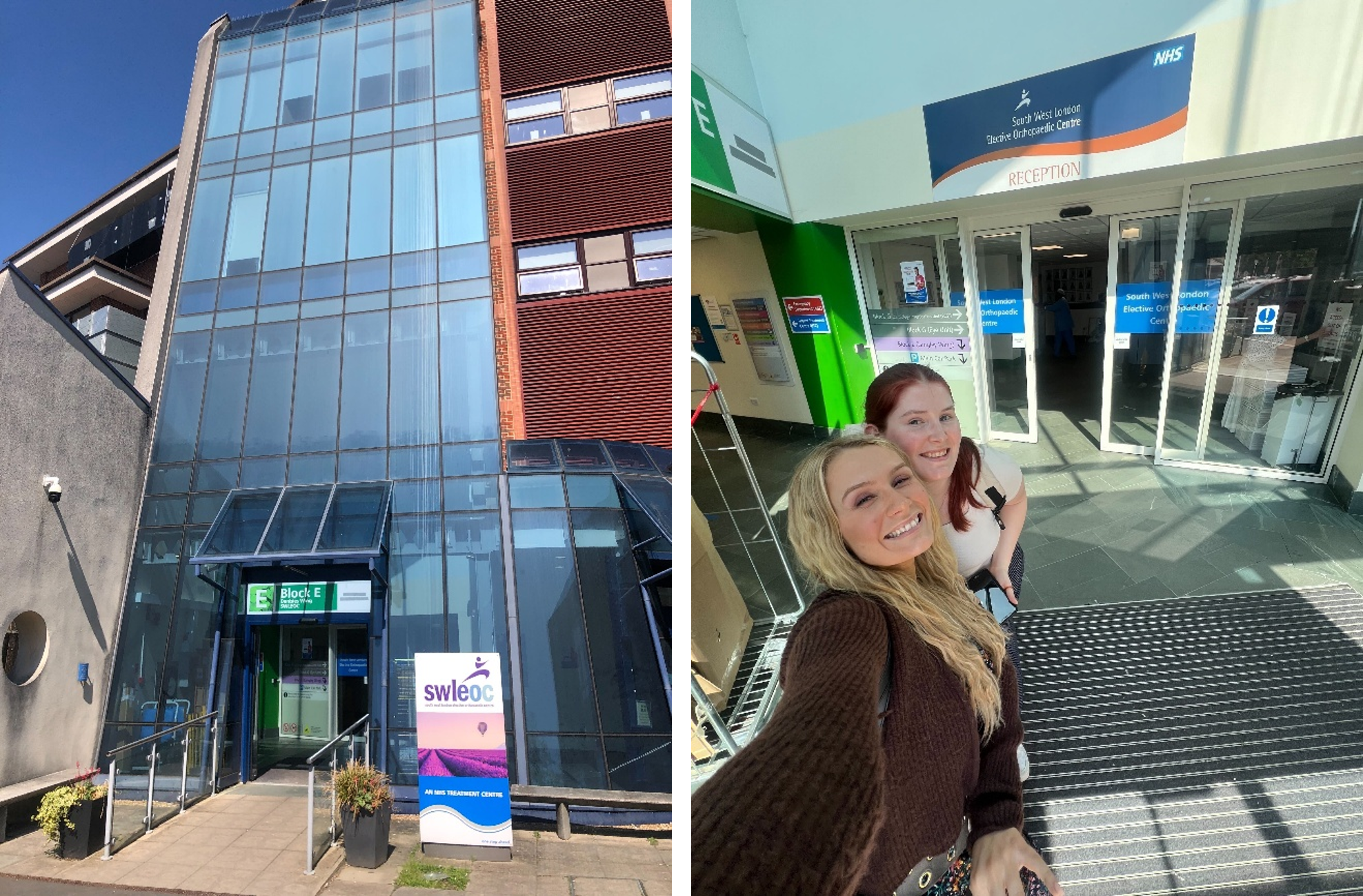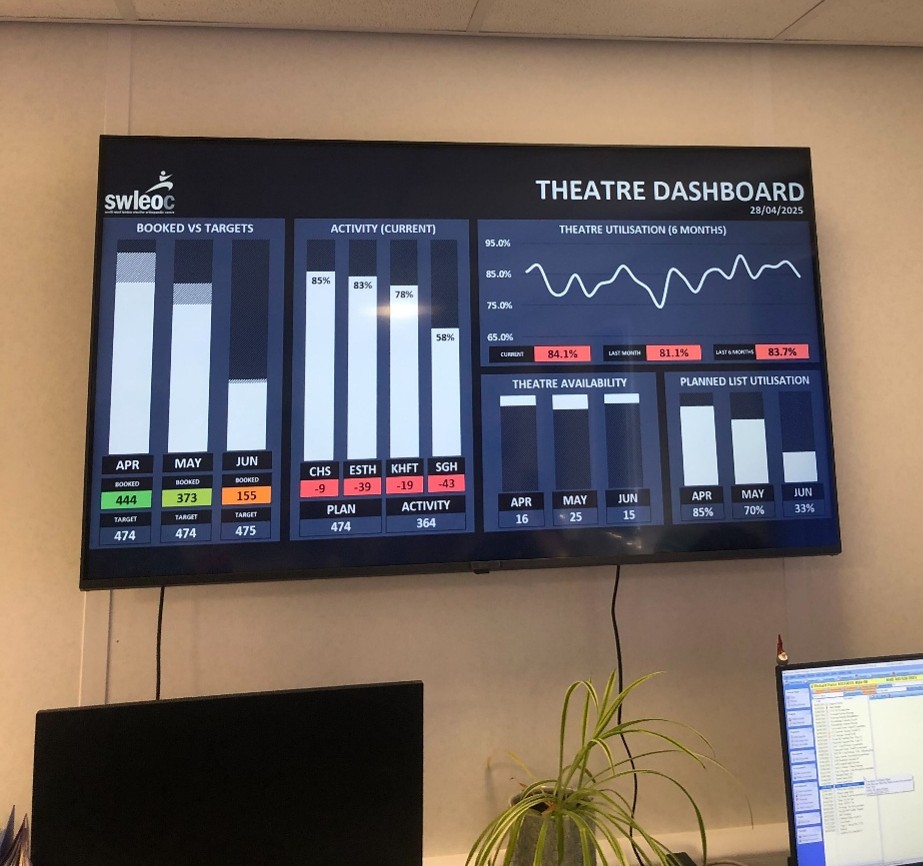Learning from the best on surgical hubs

Research Assistant
On Wednesday, Rosie Beacon, Reform’s Head of Health, and I had the absolute pleasure of visiting the largest hip and knee replacement centre in the UK – the South West London Elective Orthopaedic Centre, aka SWLEOC.

We must extend huge thanks to our wonderful host and SWLEOC’s Director, Mary Richardson, who blew Rosie and I away with her passion, expertise and ability to cut through nonsense. A relentless innovator with a constant focus on the patient experience, the success of which shows in SWLEOC’s unmatched performance.
Indeed we were drawn to SWLEOC because, from orthopaedic surgery to operational efficiency to digital innovation, it is world famous as the example of best practice for surgical hubs.
Policymakers flock to Epsom from across the world to learn just how SWLEOC does it (see recent visits from New Zealand’s health minister and a hospital team from Cork). And it’s not hard to see why:
- The average length of stay for patients after total hip or knee replacement surgery is ~1.9 days (compared to the national average of over 4 days)
- Patient satisfaction scores are consistently over 98 per cent
- SWLEOC runs a multimillion pound surplus each year
This visit – part of our ‘Hospital of the Future’ research – provided invaluable insights into how to practically deliver optimal patient flow and operational efficiency, translating into excellent patient outcomes. While SWLEOC focuses exclusively on elective orthopaedic surgery, the principles driving its success are broadly applicable and can be adapted to tackle a wide range of the challenges facing the NHS.
The three principles which stood out to me as underpinning SWLEOC’s success are:
- A continuous improvement culture
Mary repeatedly emphasised that the core of SWLEOC success is their culture of continuous improvement. Most fundamentally, achieving and maintaining such a culture requires an innovator as a leader, paired with consistent effort across the leadership and workforce to maintain the culture. In reality, this looks like tracking performance data, consistently trialling new improvement programmes and supporting bottom-up ideas for innovation.
 Image: live performance data is always displayed on the TV in SWLEOC’s administrative office
Image: live performance data is always displayed on the TV in SWLEOC’s administrative office
- Putting the patient first is both clinically and cost effective
Prioritising patient outcomes and experience in all thinking and decision making is not only the right thing to do clinically and morally, it is also the right thing to do for efficiency and finances.
For example, there is always an intensivist (a specialist ICU consultant) on duty in their Post Anaesthesia Care Unit and post-operative ward. Critics and finance directors alike might argue this looks unjustifiably costly on paper. But aside from being the right thing for patients – who therefore receive the best clinical expertise possible following surgery – it also means fewer post-operative complications and shorter length of stays. Importantly, it creates an autonomous clinical team able to decisively hold clinical risk, resulting in a more efficient and cost-effective model of care.
- Innovations can be very simple, yet very effective
Certainly, some impactful innovations utilise advanced technology and/or are complicated to implement, but SWLEOC demonstrates that simple and cheap innovations can also have a substantial impact.
For example, Mary repurposed a small portion of SWLEOC’s waiting room to be a consultation room. Patients, if they have any concerns after being discharged from inpatient care, are instructed to contact SWLEOC – instead of trying to get a GP appointment or going into A&E (the norm). If face-to-face care is required, patients come to SWLEOC and are seen in the new consultation room either by a nurse or the intensivist on duty, depending on severity. From wound issues to deep vein thrombosis, this intervention – essentially little more than putting up some plywood – has improved patient’s clinical outcomes, reduced readmission rates and reduced demand on other parts of the health system.
SWLEOC certainly deserves its reputation. It is a testament to what can be achieved when patient-centred care meets relentless dedication to innovation and improvement. This visit was a powerful reminder that a bright future for our NHS lies in bold leadership and an unwavering commitment to doing what’s right – for patients, staff and the system as a whole.
